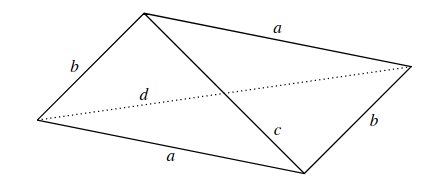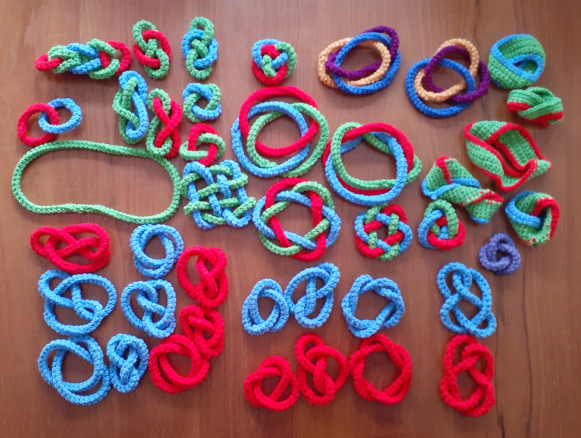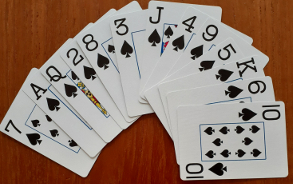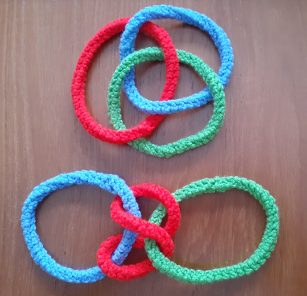The Age of Consent
Tim Gowers discussed the age of consent on his blog, which I can no longer find. I will talk about his post here based on my old notes and my memory. The age of consent is a legal term to protect young people from being manipulated into agreeing to sex. Having consensual sex with people under the age of consent may be considered statutory rape or child sexual abuse.
Gowers starts with several assumptions.
- Non-triviality: There should exist an age at which a person is qualified to consent to sex and, consequently, have it.
- Simplicity: Whether or not two people are allowed to have sex with each other should depend only on their age in years.
- Monotonicity: If two people are allowed to have sex with each other today, they should be allowed to have sex with each other at all times in the future.
From these assumptions, the following theorem can be deduced.
Theorem. The only possible rule satisfying these assumptions would allow any two people to have sex with each other as long as they both reached some fixed age k.
There is a problem with this type of rule. Suppose k is 18. If two people who are slightly younger than 18 have consensual sex, they can’t both be predators. These are two children with raging hormones. There is no reason to punish anyone. Now imagine that one of the partners turns 18. Society would still consider this a Romeo-and-Juliet case and would tend not to punish such a partner. Now imagine a child younger than 18 having sex with a partner over 40. The older partner has no raging hormones, knows what they are doing, and probably knows how to manipulate little children into having sex. So, it might be desirable to have a rule that differentiates between these two cases. The rule would take into account the difference in ages while forgiving younger offenders and still punishing predators.
Consider the most common type of law to resolve this issue: Anyone older than 18 can have sex, and, in addition, a person who is not older than 20 can have sex with someone between the ages of 16 and 18. This law doesn’t satisfy monotonicity. It could be that one day the older partner is not yet 20, and the next day, oops, they have a birthday. So, as a birthday gift, they are not allowed to have sex with each other anymore.
Here is a simple idea to resolve the issue by having the law focus on the age gap instead of the age of the older partner. We can have an adjusted law: Anyone older than 18 can have sex, and, in addition, a person can have sex with someone between the ages of 16 and 18 as long as the age gap is not more than four years. This rule doesn’t satisfy the simplicity assumption above, but it is simple enough. It is close in spirit to the previous rule and satisfies monotonicity. The problem with this rule is continuity.
- Continuity: If the age gap between couple A is only slightly larger than the age gap between couple B, then couple A should not have to wait significantly longer to be allowed to have sex.
According to the adjusted rule, the couple with the age gap of four years and one day might have to wait two years longer to have sex than the couple with the age gap of four years. This seems unfair.
Tim Gowers suggests dropping the simplicity rule. We can use days rather than years. For example, the rule might be that if one person in a couple is under 18, but at least 16, and has age x, then the other partner has to be not more than age y, where for example, y − x = 4 + (x − 16)/2. So when one partner turns 16, their partner has to be not older than 20. When one partner is 16 and two months, the other cannot be older than 20 and three months. With the younger partner getting older, the allowable age gap is increasing slowly. By the time the younger partner is a day from turning 18, their partner can be almost five years older.
It might be complicated for two people to calculate if they are allowed to have sex according to this formula. But Gowers’ big idea was that apps and websites could do this easily: two people plug in their birthdays and know whether they are allowed to have sex.
Share:








